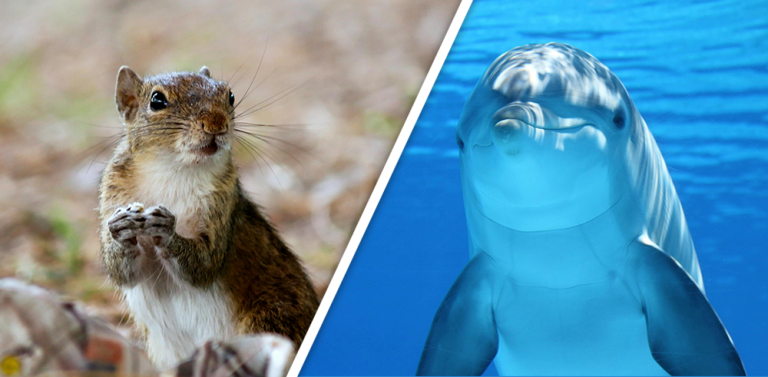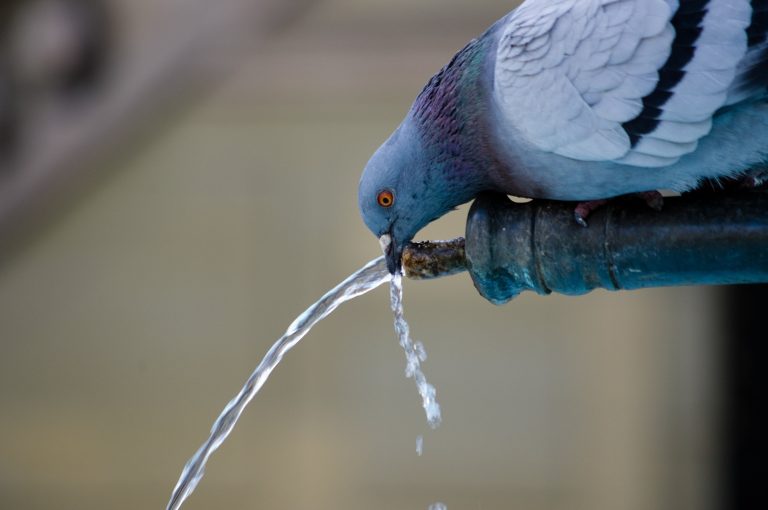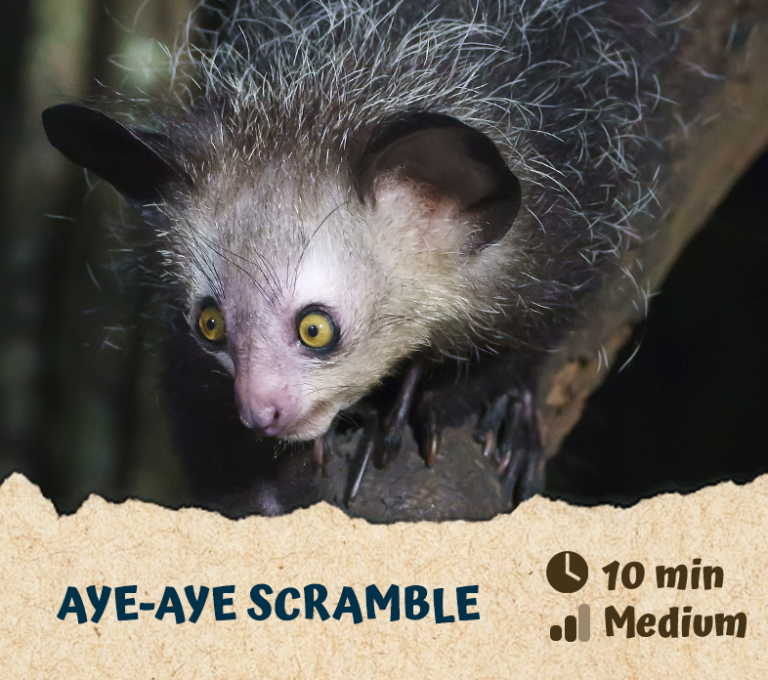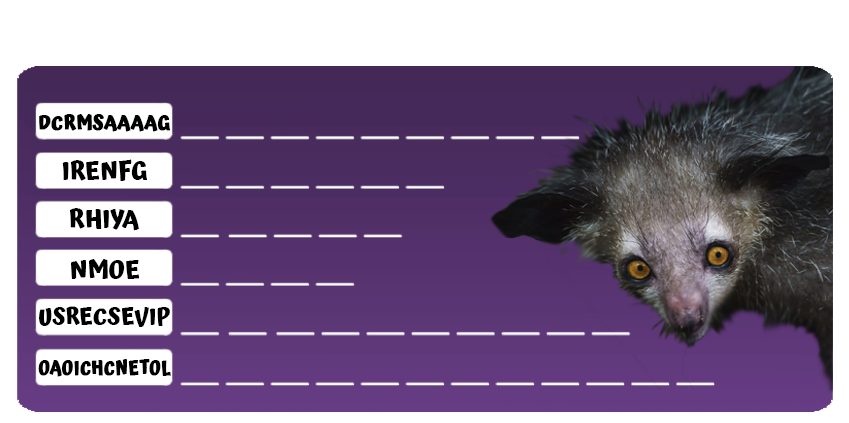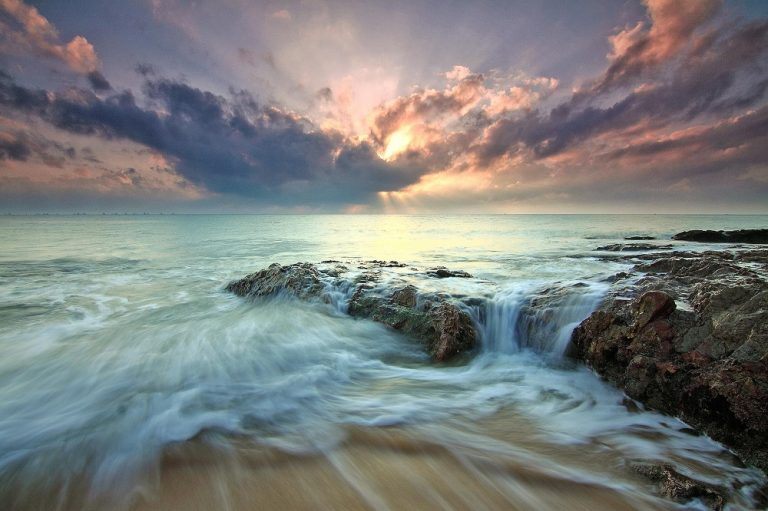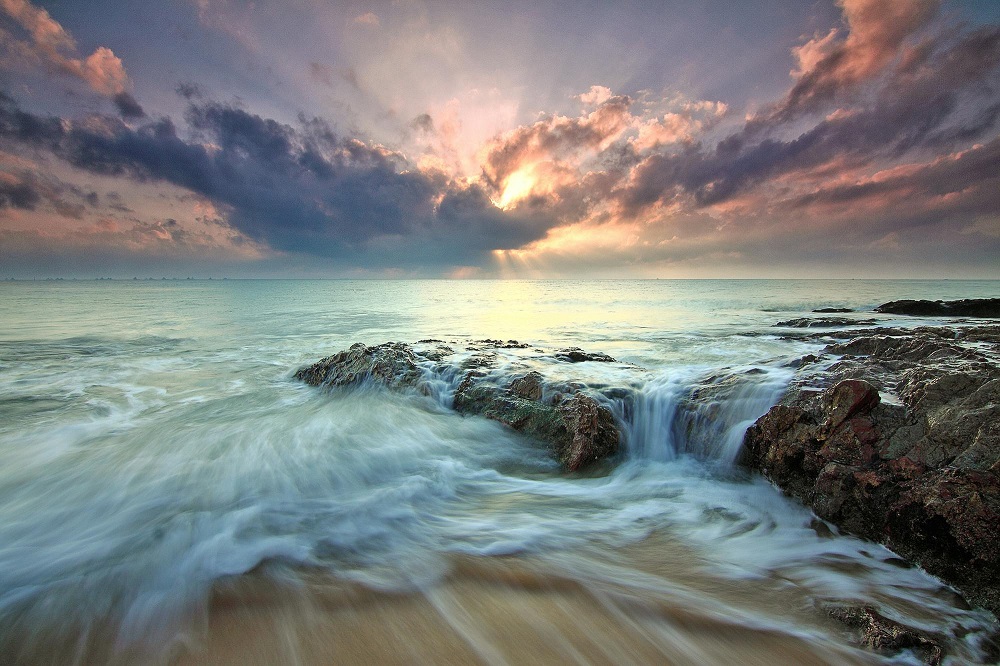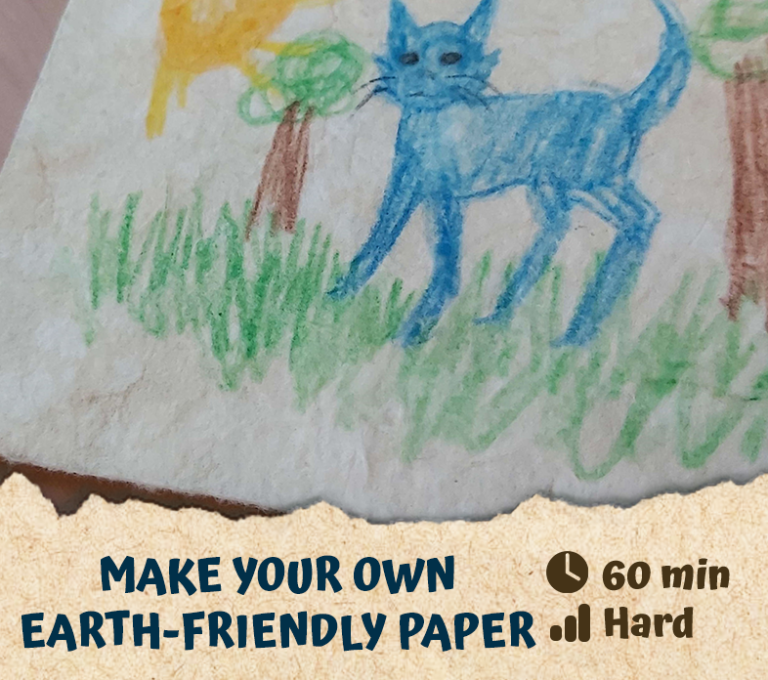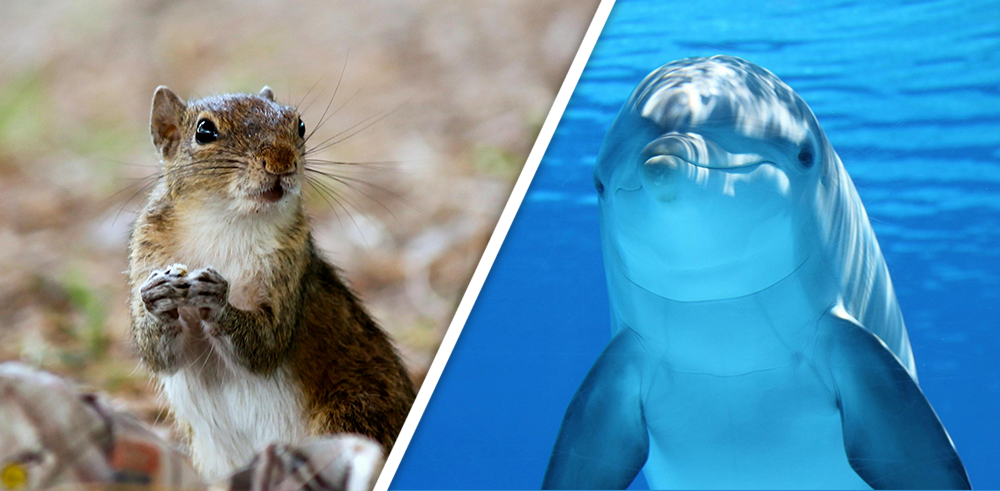
Caption This: What is this pigeon thinking?
We need your help! This animal is trying to tell us something but we can’t figure it out! Do you know what this pigeon thinking?
Post your ideas in the comment section below.
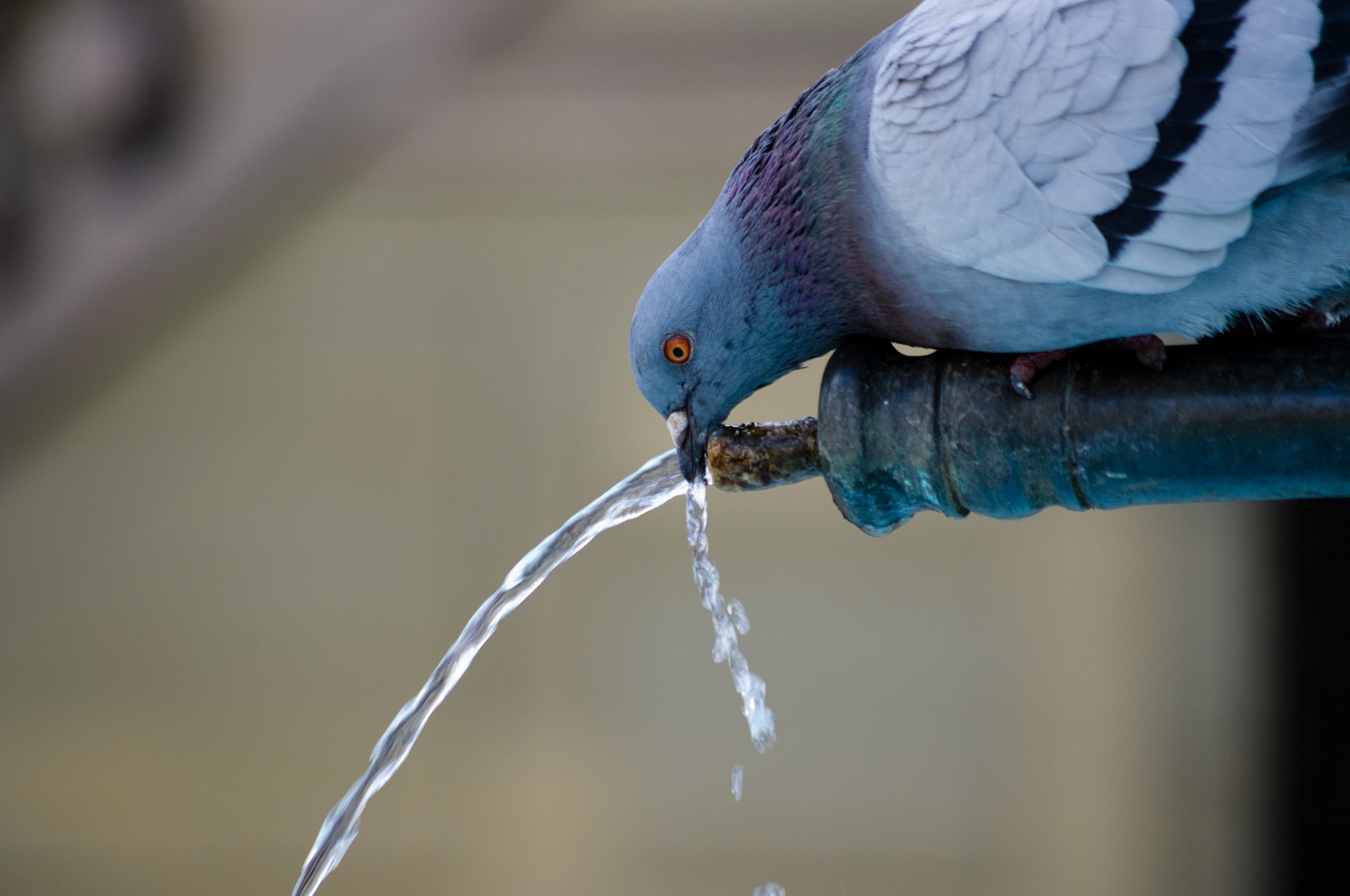
Aye-Aye Scramble
Aye-Aye Scramble
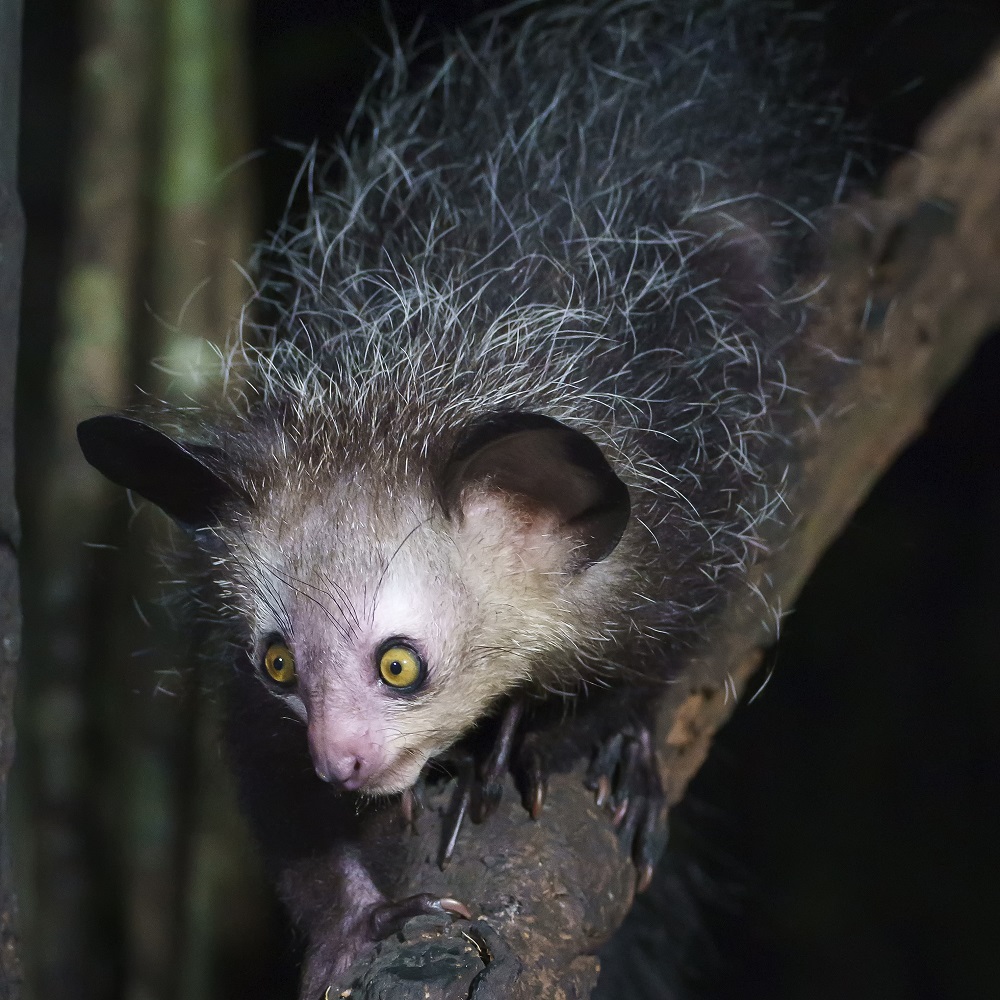
Ayo, Earth Rangers! Today’s animal is one whose name the navy would know all too well. “Aye, aye!” That means “Yes, yes”. But it’s not an ocean animal! Can you unscramble the mysteries of this creature?
- Read the paragraph below and use it to unscramble the words.
Big wide eyes, large round ears, a fuzzy tail…who is that? The Aye-aye!
Nocturnal, you might this hairy little lemur climbing the trees at night. As a percussive forager, the Aye-aye specialized in hunting insects with their own type of echolocation. With its long middle finger, it taps on tree bark. By listening to the sound, it can find where insects are moving inside the bark.
The Aye Aye’s spooky appearance has caused many to see them as bad omens to be killed, but like many animals in the rainforests of Madagascar, it’s endangered status makes it an important animal to protect.
Think you got them all? Tap on the puzzle image to see its secret answer!
Take A Stand for Wildlife this Summer!
This summer, we’re inviting children across Canada to take a stand for wildlife–literally! We’re making it fun and easy for kids to launch their own “stand” or other fundraising campaign and collect donations to help animals!
Whether it’s the classic lemonade stand, a garage sale, or another way to fundraise, kids can have fun while supporting an important cause. Your child can choose to fundraise for one of five different animals. No matter which animal they choose, they’ll be supporting important work to combat problems like climate change, habitat loss, and illegal hunting.
Your child will learn that they can take a stand for what they believe in – and make a difference!
START A CAMPAIGN NOW!
Starting a fundraiser is easy! Here’s how it works:
- Have your child choose the animal they want to protect, then click Start Fundraising.
- Have your child choose which reward they want to earn and set their fundraising goal.
- Create your child’s account and fundraising page by September 2, 2024. Your child can give their page a name and write a few words about what they’re doing to save animals. They can even decorate their page and make it look great!
- Start fundraising! Share your page with your community and ask people to support your child’s fundraiser by making a donation. Be sure to check out our Fundraising Ideas for some inspiration!
- Have your child complete their campaign by September 30, 2024 – you won’t be able to fundraise any more after that.
- Claim your child’s rewards! You’ll receive an e-mail with instructions about how to claim your child’s hard-earned rewards once their campaign is closed. Once you’ve submitted your information, you’ll receive your rewards in the mail in about 2-4 weeks.
- Give your child a high five! Your child took a stand for wildlife and made a real difference!
START YOUR CHILD’S CAMPAIGN NOW!
Your child can choose to fundraise for one of five amazing animals!
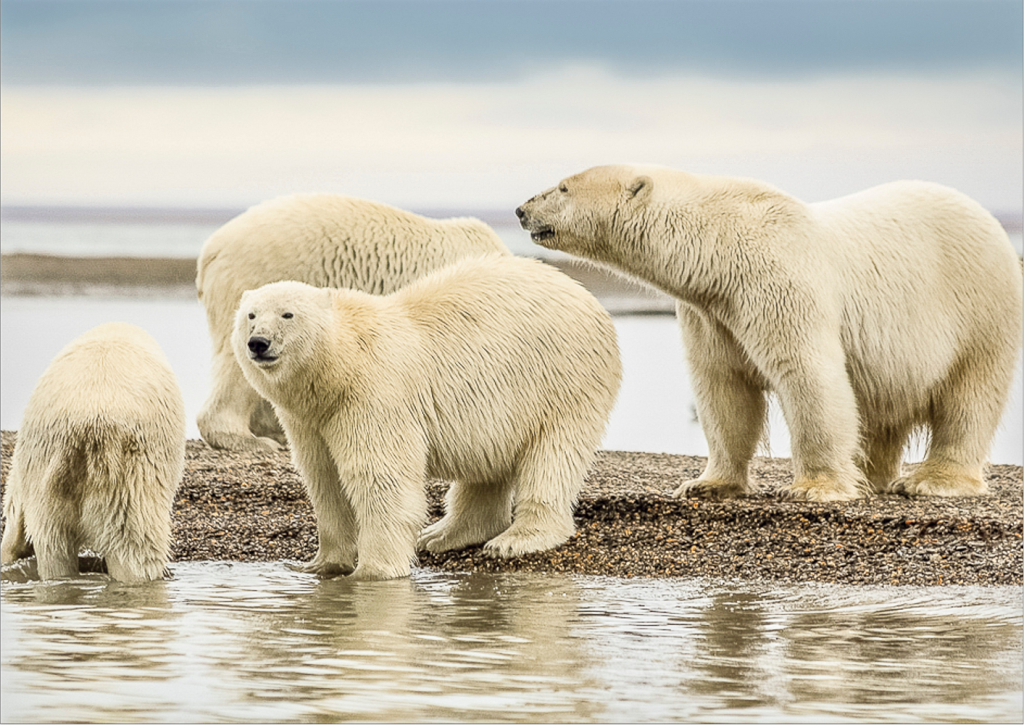
POLAR BEARS
Canada’s Arctic is warming at record speeds, melting the sea ice that polar bears rely on. Funds raised will support important research on how warming affects the movements of two polar bear sub-populations in Western Hudson Bay and the Southern Beaufort Sea.
START A POLAR BEAR CAMPAIGN NOW!
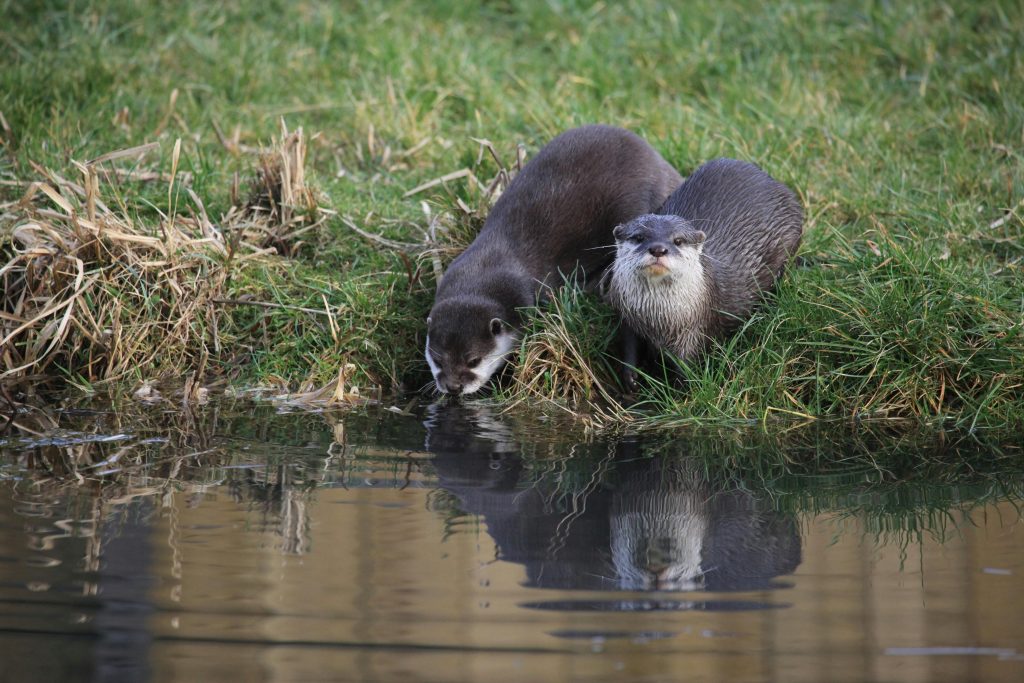
RIVER OTTERS
Funds raised will support the protection and restoration of Ontario’s Frontenac Arch Blue Lake area, an important habitat for river otters which is currently threatened by the rapid spread of invasive plants. Year-round conservation in the Frontenac Arch aims to restore the site’s natural areas and remove invasive species.
START A RIVER OTTER CAMPAIGN NOW!
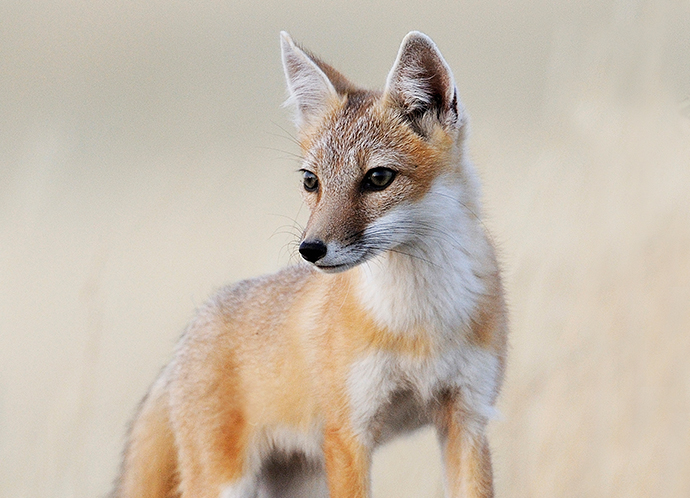
SWIFT FOXES
Canada’s grasslands are one of the most endangered ecosystems on Earth. They’re also crucial habitat for swift foxes. Funds raised will support the assessment and designation of critical grassland sites in Saskatchewan as Key Biodiversity Areas, which will help to protect these globally important ecosystems.
START A SWIFT FOX CAMPAIGN NOW!
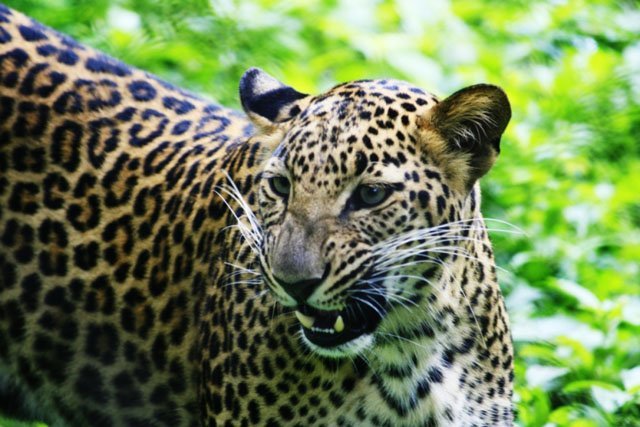
JAGUARS
Costa Rica’s Osa Peninsula, which many jaguars call home, is one of the most biodiverse regions on Earth. Unfortunately, it’s also threatened by illegal logging and hunting. Funds raised will support the protection of the Osa Peninsula and its incredible biodiversity, mobilizing the community’s Forest Rangers to monitor camera traps for poaching and to restore important forest corridors that jaguars use.

GRIZZLY BEARS
Funds raised will support the restoration and protection of British Columbia’s Rocky Mountain Trench, a breathtaking valley so large it can be seen from space. The trench, which is under threat due to human development, is home to at least 29 nationally endangered species, and it supports thousands of migratory waterfowl, threatened amphibians, and populations of wide-ranging mammals like grizzly bears.
START A GRIZZLY BEAR CAMPAIGN NOW!
Questions? Feel free to comment below – we’re happy to answer!
Take A Stand for Wildlife!
You Can Take A Stand!
Do you know what “taking a stand” means? It means speaking up, taking action, and supporting a cause you believe in.
Here at Earth Rangers, we believe that animals are amazing. We also believe that animals are important for the future of our planet. And most of all, we believe that animals are worth protecting.
That’s why we’re inviting YOU to take a stand for wildlife this summer. We’re giving you the tools you need to launch your own fundraising campaign, collect donations, and support wildlife conservation!
Raising money to protect animals is easy and fun! There are so many different ways to fundraise. You could try:
- A lemonade stand
- An art fair
- A bake sale
- A car wash
- And more!
You Can Earn Awesome Rewards!
The more money you raise, the more rewards you’ll receive – and these rewards are epic!

$25 – Digital Prize Pack
You’ll receive a top-secret link to access a downloadable fundraising certificate, a screensaver package (sized for phone, tablet, and desktop), a printable coloring page, and a code for bonus points and a special avatar item in the Earth Rangers App!

$50 – Earth Rangers Podcast Shout-out
That’s right: you’ll get a personal shout-out from Earth Ranger Emma herself on the Earth Rangers Podcast! Haven’t tuned in yet? Check it out wherever you get your podcasts!
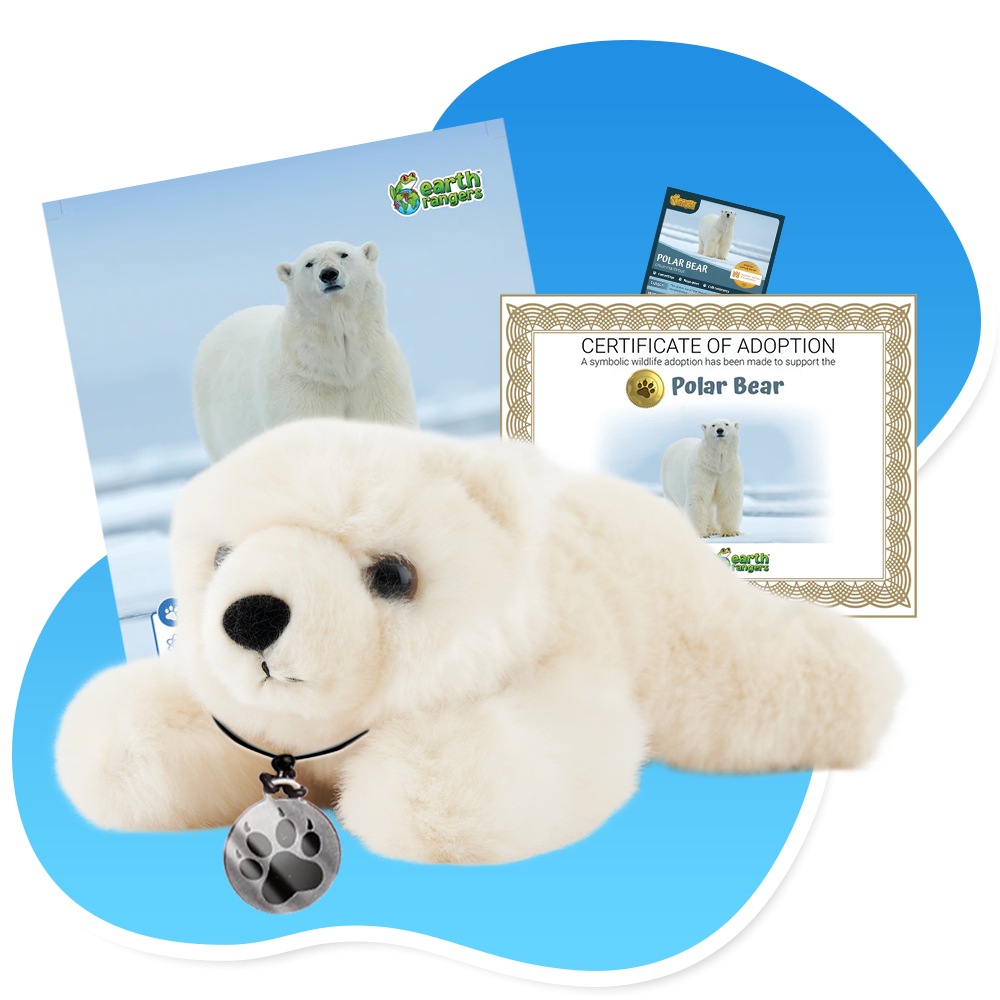
$125 – Wildlife Adoption Kit + Earth Rangers Amulet
You’ll receive an adoption kit, which includes an adorable plushie, an official adoption certificate, a full-color poster, and an info card about the research your supporting. You’ll also receive an Earth Rangers Amulet, so you can show the world that you’re an animal-saving hero!
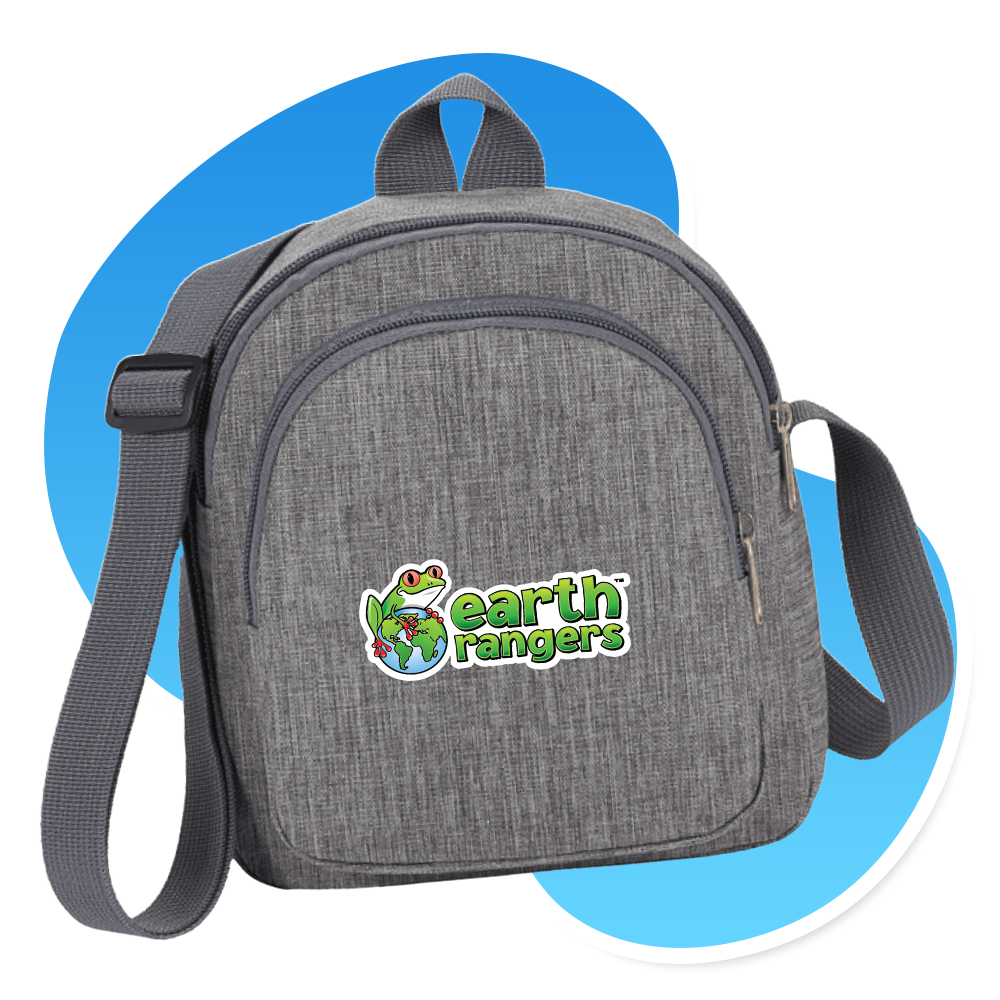
$250 – Earth Rangers Mini Backpack
You’ll receive an exclusive Earth Rangers mini backpack to carry all of your awesome animal-saving stuff in! This backpack measures 3.5” D x 7” W x 8” H and features an adjustable shoulder strap and two zippered compartments.
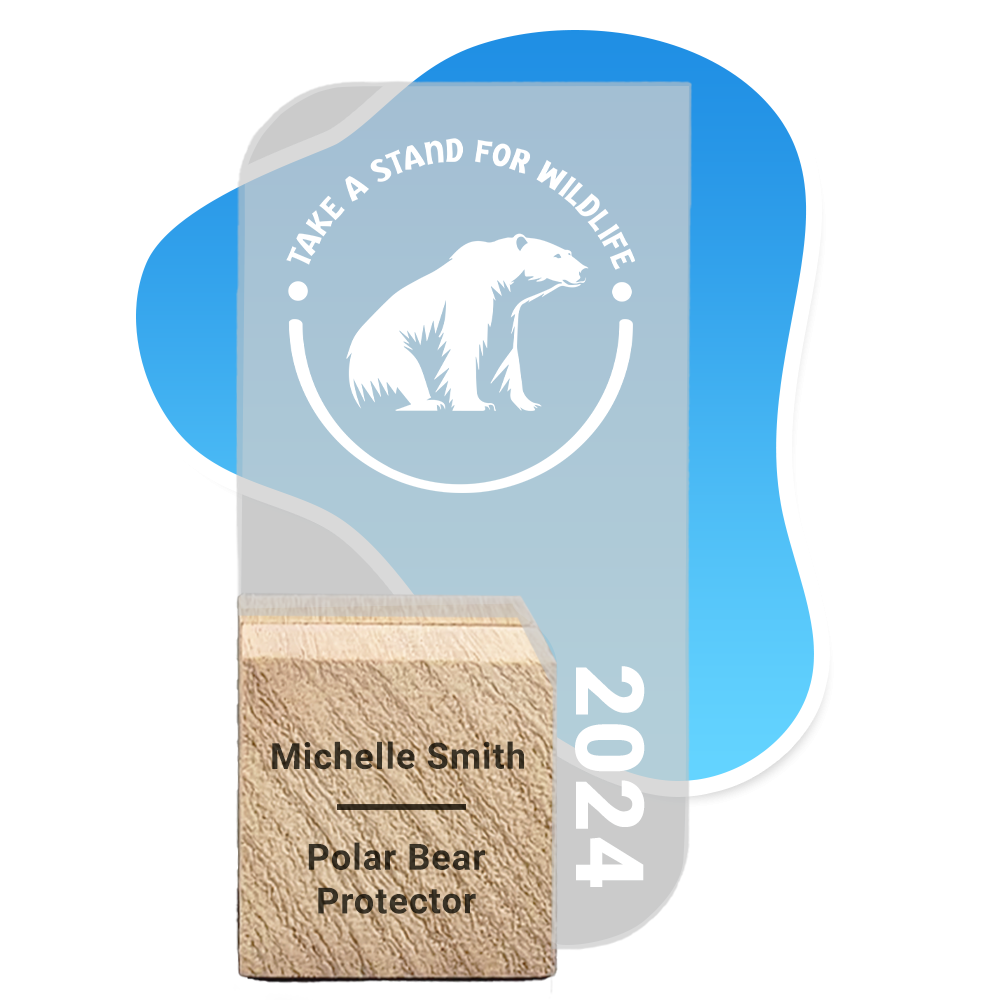
$500 – Custom Earth Rangers Trophy
Wow, $500?! That deserves a TROPHY! This Earth Rangers trophy will be customized with your name so you can display it with pride!

$1,000 – Virtual Earth Rangers Animal Ambassador Meet & Greet
This is such an epic achievement, we have to thank you personally! You’ll receive a virtual Earth Rangers meet & greet for you and your friends, featuring the adorable, incredible, incomparable Earth Rangers Animal Ambassadors.
Whenever you reach a new level, you’ll earn not only that reward, but all the rewards before it. For instance, if you raise $150, you’ll receive a Wildlife Adoption Kit, an Earth Rangers Podcast Shout-out, and a Digital Prize Pack. Wild!
You Can Choose Which Animal to Protect!
Here at Earth Rangers, we support several wildlife conservation projects every year. That means you get to choose which animal you want to protect! Have a look at our list of amazing animals, and choose the critter you’d like to fundraise for!

Protect Polar Bears in the Arctic
Because of climate change, sea ice in the Arctic is melting. This makes it hard for polar bears to find enough food.
When you raise money for polar bears, you’ll fund research to better protect these beautiful bears.

Protect Wilderness for River Otters
Ontario’s Frontenac Arch is an important habitat for river otters. Unfortunately, invasive plants are growing in this area, which makes it hard for river otters to find food and shelter.
When you raise money for river otters, you’ll fund conservation work to give otters the healthy habitat they deserve!

Preserve Jaguar Habitat in Central America
The Osa Peninsula in Costa Rica is one of the most biodiverse places on Earth! Sadly, the jaguars that live there are threatened by illegal hunting and logging.
When you raise money for jaguars, you’ll protect the jaguar’s important forest habitats!
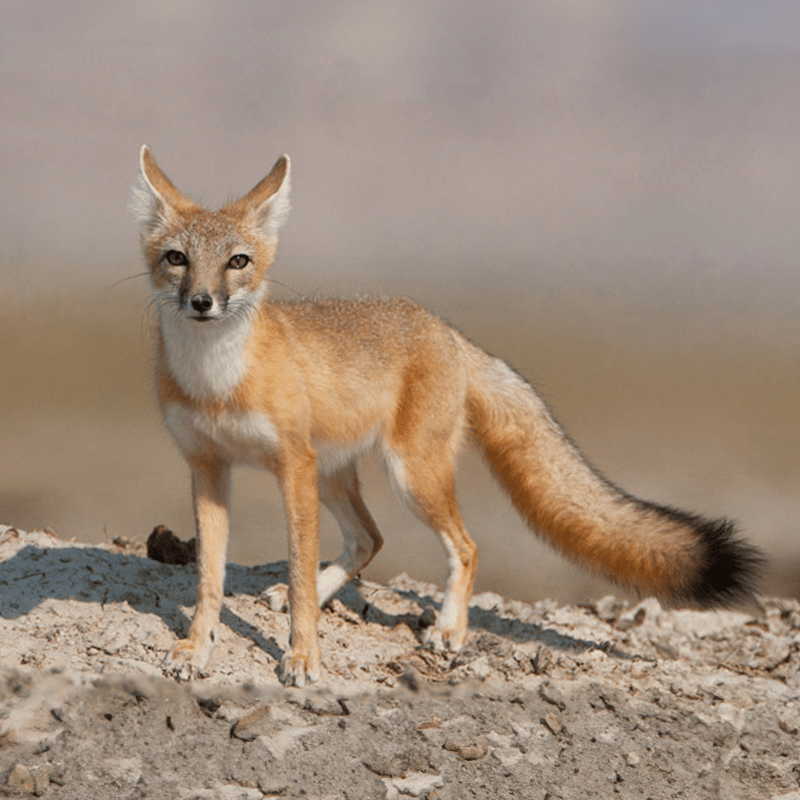
Protect Grasslands for Swift Foxes
Grasslands are one of the most endangered ecosystems on Earth–and they’re also important habitats for swift foxes!
When you raise money for swift foxes, you’ll fund the creation of more protected areas for them to call home.

Restore Grizzly Bear Habitat in British Columbia!
British Columbia’s Rocky Mountain Trench is so big you can see it from space! It’s home to animals like the grizzly bear.
When you raise money for grizzly bears, you’ll fund conservationwork to make the Rocky Mountain Trench safer for bears and their cubs!
You Can Get Started Right Now!
Starting a fundraiser is easy! Here’s how it works:
- Choose the animal you want to protect and click Start Fundraising.
- Choose which reward you want to earn and set your fundraising goal.
- Create your account. Make sure you have permission from a parent or guardian!
- Create your fundraising page by September 2, 2024. Give your page a name and write a few words about what you’re doing to save animals. Have fun making your page look great!
- Start fundraising! Share your page with your community and ask people to support your fundraiser by making a donation. If you’re collecting money in person, like with a lemonade stand or a bake sale, ask your parent or guardian to donate your earnings on your campaign page.
- Say thank you to your donors with a nice e-mail, phone call, or card!
- Complete your campaign by September 30, 2024 – you won’t be able to fundraise any more after that!
- Claim your rewards! After your campaign is closed, your parent or guardian will receive an e-mail with instructions about how to claim your hard-earned rewards. Once they’ve done that, you’ll receive your rewards in the mail in about 2-4 weeks.
- Give yourself a high five! You took a stand for something you believe in, and you made a real difference. All of us at Earth Rangers thank you for being an animal-saving hero!
Questions? Feel free to comment below – we’re happy to answer!
Tune in for Earth Ranger Emma’s NEW interview
A couple of weeks ago, Earth Ranger Nat (from Quest for the Best) shared with Emma YOUR questions. You guys had so many that we had to break the interview up so our intrepid wildlife reporter could continue her adventures! We’re back today with several more questions for Emma.
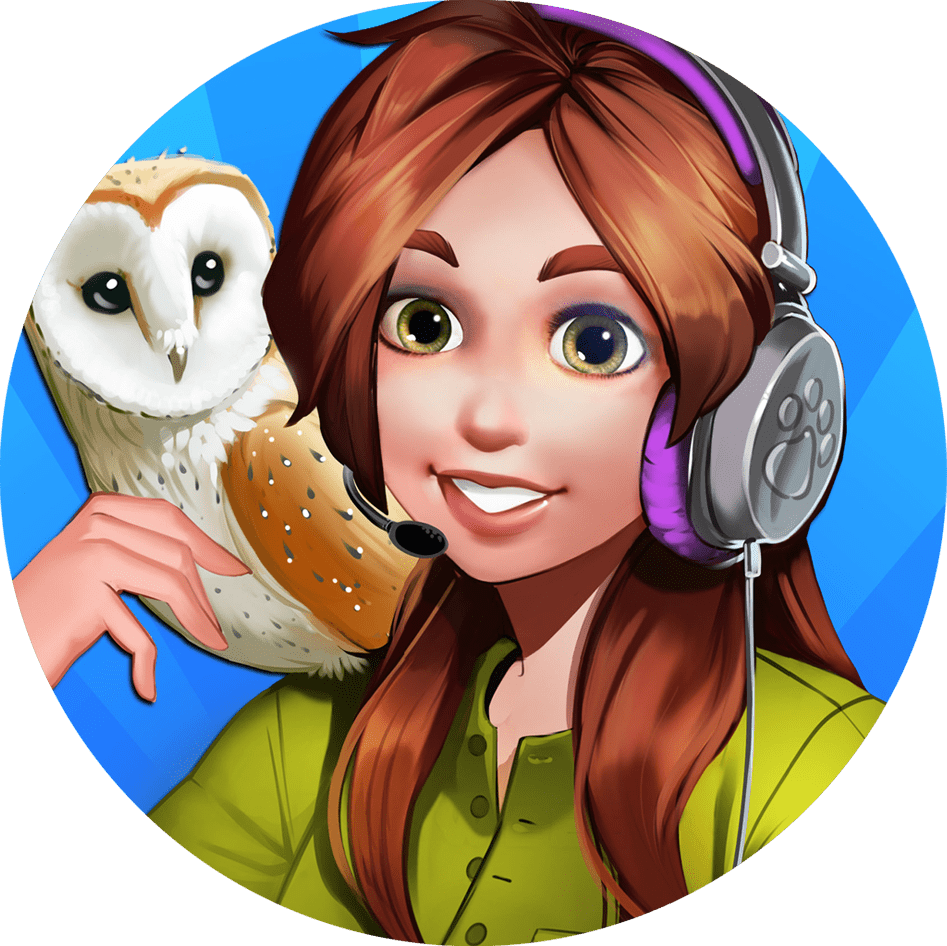
What drives Emma to be so proactive with wildlife and nature?
EMMA: “My deep love for animals and the environment drives me to be so active with wildlife and nature. Ever since I was little, I’ve loved learning about animals and their homes. Knowing that many animals are in danger and our environment needs help makes me want to do something about it.
As a wildlife reporter and podcaster for Earth Rangers, I get to share cool stories about animals and teach others how they can help. I believe that if we all work together, we can make a big difference and protect our planet for the future.”
Which animal did Emma enjoy saving the most?
EMMA: “The Jefferson Salamander: Protecting Jefferson Salamanders has been such an amazing experience for me! These little guys are crucial for the ecosystem, and they’re also a threatened species, so every effort to save them counts. I love working to protect their habitats and ensure they have a safe place to thrive. It’s incredibly rewarding to see them doing well and know that I’m making a difference for a species that needs our help.”
What is Emma’s favorite rarest animal in the world?
EMMA: “The Northern Sportive Lemur (Lepilemur septentrionalis) – This small lemur species is endemic to Madagascar and is considered one of the rarest primates in the world, with an estimated population of fewer than 50 individuals.”

Has Emma ever been interested in going to space?
EMMA: “Exploring space has always fascinated me, but my heart truly belongs to Earth and its incredible wildlife. While the idea of venturing into space is thrilling, my passion lies in uncovering and protecting the amazing diversity of life right here on our planet. Every day brings discoveries and challenges in the natural world that are just as awe-inspiring as the mysteries of space. I believe that by understanding and conserving Earth’s ecosystems and wildlife, we can ensure a sustainable future for all species, including our own.”
How many animals has Emma helped?
EMMA: “So far I have supported every single wildlife adoptions program (And I have a big shelf full of plushies to prove it.) I think the final count as of today is 46 stuffed animals. Of course in real life that means that A LOT more animals have benefited from this work.”
Does Emma have an avatar in the Earth Rangers app, and can we see what it looks like?
EMMA: “Sure! I love how cool I can make one’s avatar look in the app, like giving it wings and neat hats. But for my own I like to try keeping it as close to how I look as possible.”

What level in the app is Emma on??
EMMA: “Level 105, BABY!”

Did any of Emma’s answers surprise you? Do you have any other questions that Nat should pass on to her? Stay tuned for our last interview in two weeks…some special guests will be joining us!
Pixel Puzzler #47: The Great Reveal
We got tons of great guesses on Part 1 of this Pixel Puzzler and now it’s time for the answer. Are you ready for the great reveal? Find out if you got it right!
The answer to this Pixel Puzzler is (drum roll please) Penguins! How did you do? Tell us in the comments!
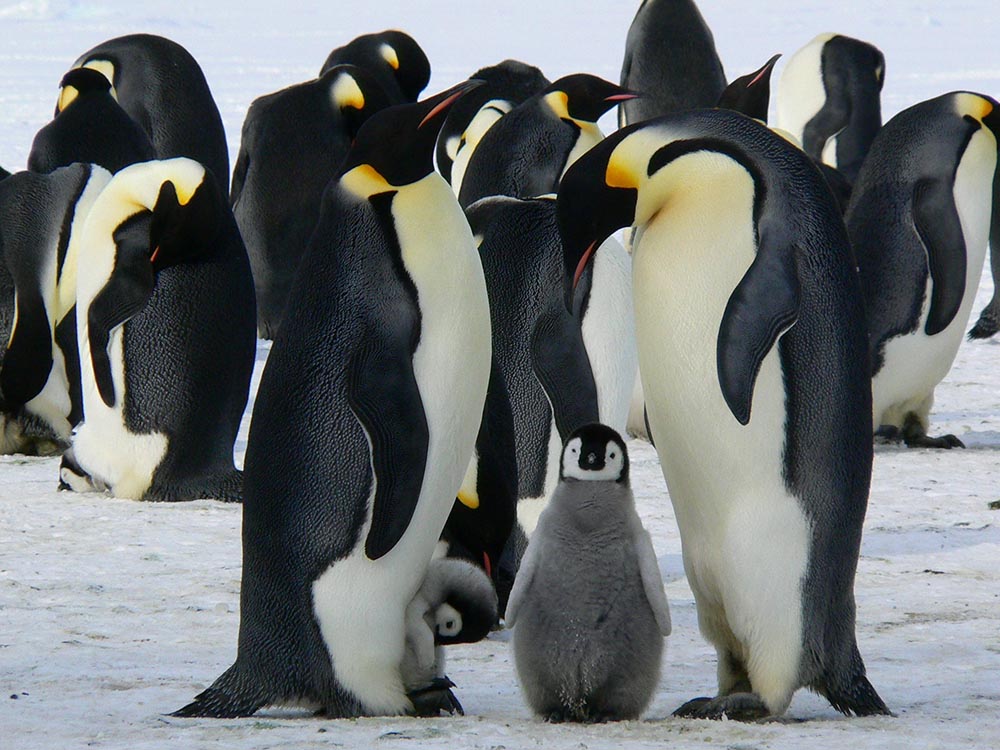
Tap here for more cool stuff like this!
Make Your Own Earth-Friendly Paper
Make Your Own Earth-Friendly Paper
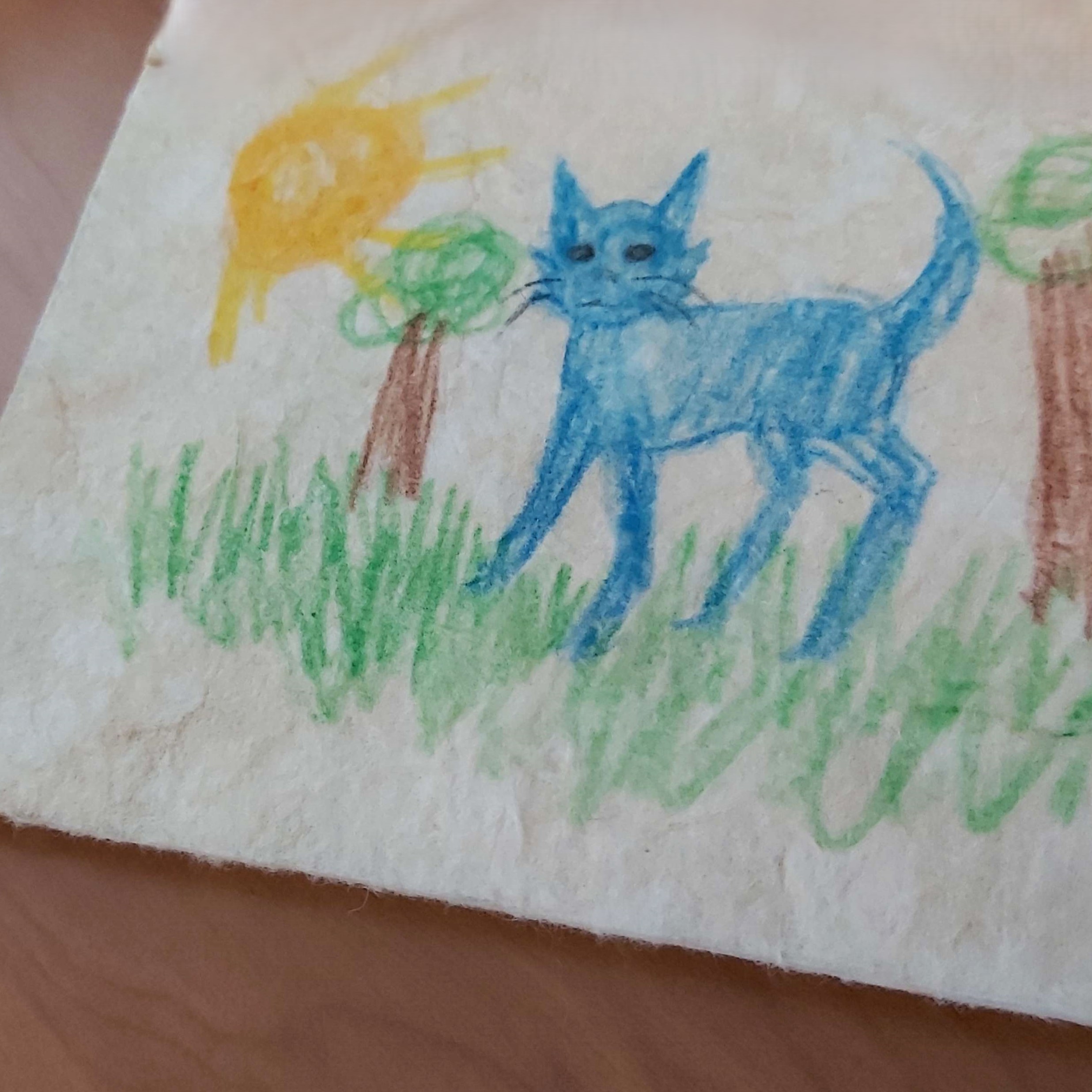
Have you ever made your own paper? It’s not just fun, it’s also super earth-friendly!
Here’s what you need:
- Scrap paper: newspapers, flyers, or construction paper (whatever you can find!)
- Blender or food processor
- Cookie sheet
- Wire hanger (or sturdy sticks taped together to make a rectangle shape)
- Warm water
- Cutting board
- Cloths
- A reusable fine mesh cloth (or old pantyhose)
- Help from a grown-up
TIP: Don’t worry if you don’t have all the exact items listed. You can use alternatives if you need to!
Here’s how you make it:
Step 1: Tear your scrap paper into small pieces and put them into a mixing bowl. Fill the mixing bowl with warm water and leave your paper scraps to soak for 30 mins.

Step 2: While your paper is soaking, it’s time to make your screen. This will help your homemade paper turn out nice and flat!
Ask a grown-up to help you bend the wire hanger into a rectangle shape. You can also use sturdy sticks taped together.
Then, stretch the mesh cloth (or old pantyhose) over your rectangular frame to make a screen. You can use tape to secure the edges if needed.
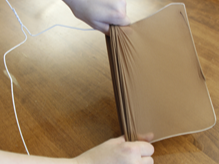
Step 3: Are the 30 minutes up? Great! Let’s turn your paper scraps into mushy pulp!
Ask a grown-up to help you to put the paper scraps into the blender or food processor. Blend the paper until it turns into a mushy pulp. You may need to add a little bit more warm water if the paper isn’t shredding properly.
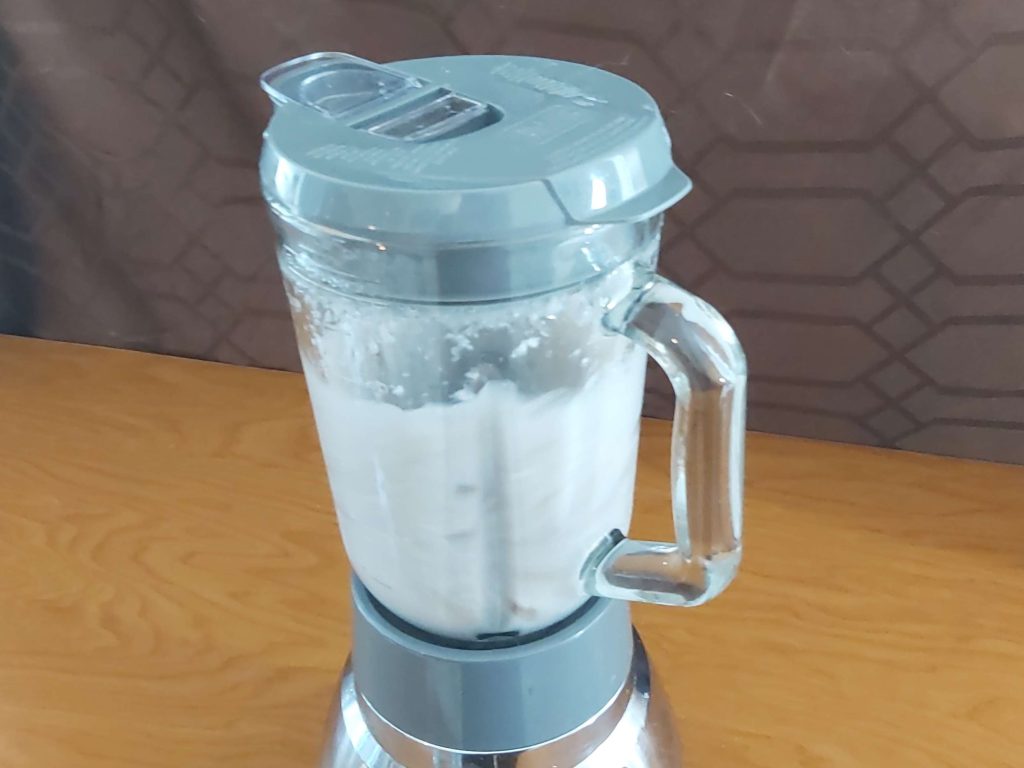
Step 4: Now it’s time to shape your paper pulp into a sheet! Place your homemade screen over a cookie sheet and pour your paper pulp over the screen until it is evenly spread. Don’t worry if you have extra pulp, it means you can make another sheet!
TIP: If your pulp is too thick, put it back in the blender with more water and mix again.
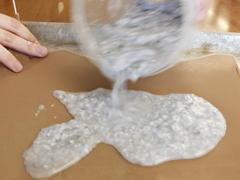
Step 5: Let’s press out the extra water and flatten your paper! Put a clean cloth over the pulp and place your cutting board on top. Squeeze the cutting board and cookie sheet together as hard as you can.
Carefully lift the cutting board and use a sponge to press down on the cloth to soak up more water. Absorb as much water as you can. The more water you absorb, the faster your paper will dry

Step 6: It’s time to remove your paper from the screen. Flip your screen over so the cloth is facing downward and gently scratch the screen with your fingers or a spoon. This will help the paper come off the screen.
TIP: If the cloth is too wet, you can replace it before flipping the screen.
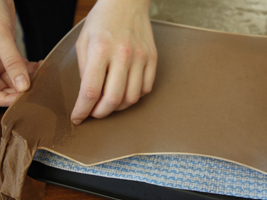
Step 7: Carefully remove your screen and set your paper and cloth aside to dry. Once it’s completely dry, carefully peel off your paper.
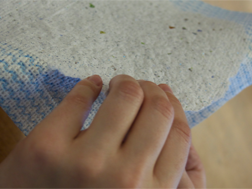
Step 8: To flatten your paper, put it between two books for a while. Once it’s flattened to your liking, CONGRATULATIONS! You’ve made your own homemade paper!
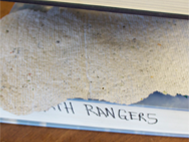
Ready to take your homemade paper to the next level? Use it to create something awesome for our “Christmas in July” contest! Remember, the more creative you get, the more points you’ll earn! So grab your art supplies and let your imagination soar! Good luck!

From Sunshine to Snowflakes: It’s time for Christmas in July!
Are you enjoying the sizzle of summer, but looking for something fun to do indoors? We’ve launched just the contest for you! It’s CHRISTMAS IN JULY! Picture yourself surrounded by snowy landscapes and sledding down icy hills. Let your imagination whisk you away to a winter wonderland through art and craft.
We’ve teamed up with our pals at the Forest Products Association of Canada (FPAC) to bring the contest back for another year! Create an earth-friendly piece of art that shows off the beauty of trees and forests for a chance for your artwork to be chosen as FPAC’s Christmas card for everyone to admire!
Check out last year’s winning card from Earth Ranger Helly!
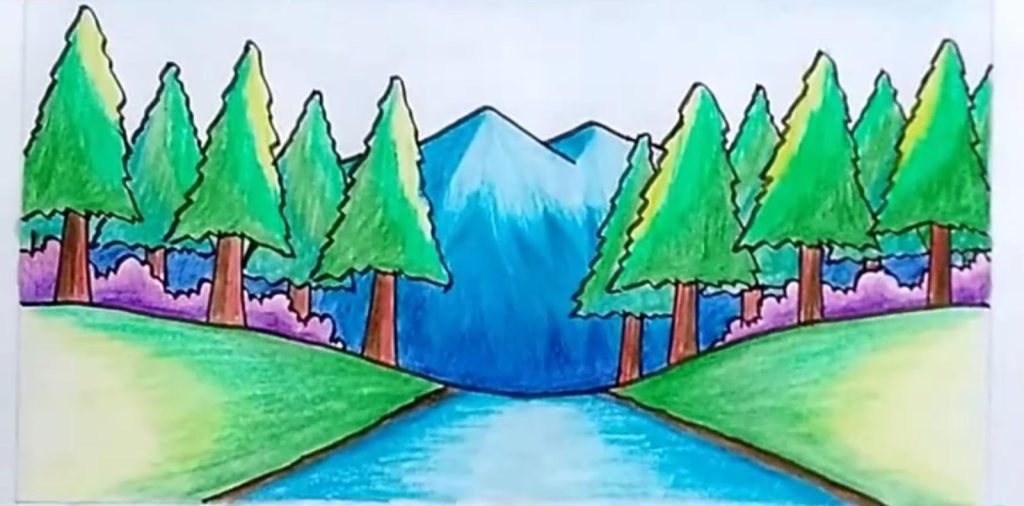
Last year’s holiday card contest was a huge hit, we can’t wait to see what you’ll create this year! We’ve got a new set of prizes this year.
Here’s what you can win:

Here’s what you need to know:
- Your artwork can be a painting, or drawing, or you can get creative with forest materials you find on the ground!
- Make your art earth-friendly! Get creative with old paper scraps as a base for your drawing, or piece together a collage.
- The more creative your artwork, the better! Take a walk through your favourite forest for inspiration, or think of a special tree that caught your eye. Can you capture that moment on paper?
- Your submission doesn’t have to be festive, but if you feel like getting into the holiday spirit, bring it on!
Don’t know where to start? Check out last year’s other winners!
Here’s how to enter:
Once you’ve put together your artwork, have a parent or guardian upload a photo of it and help you to complete the entry form here:
www.earthrangers.com/EN/CA/holidaycardcontest/
Get to it soon! The contest closes on July 31st, so be sure to submit your entry before then!



